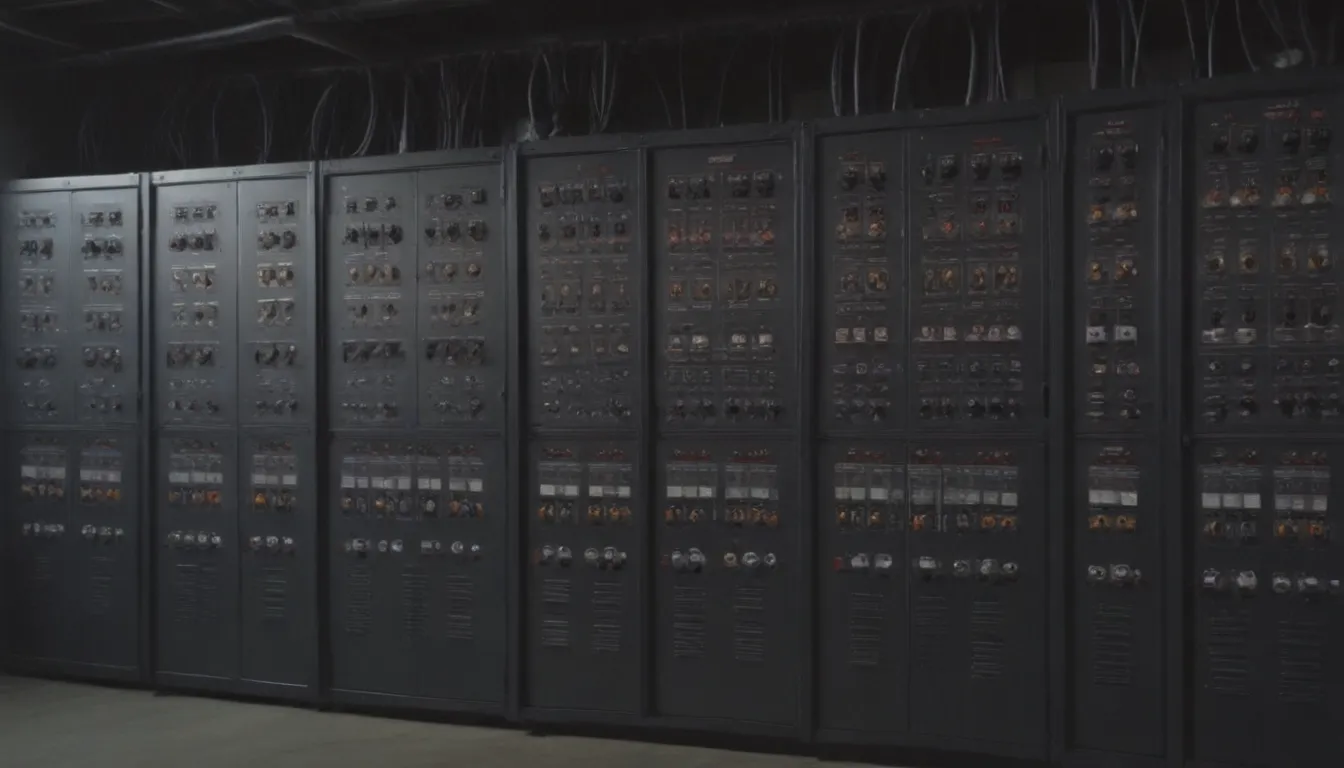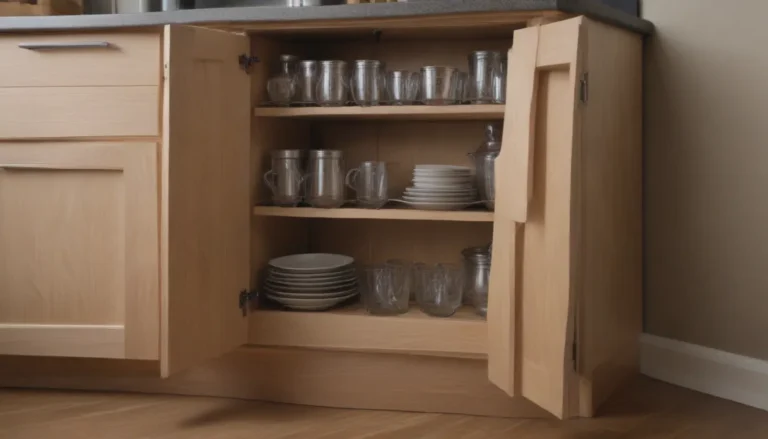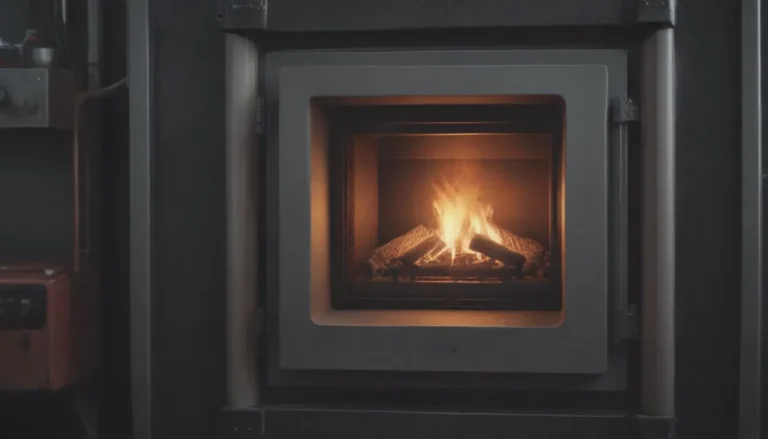All You Need to Know About Electrical Panels and Load Centers

If you’re a homeowner or even just someone who likes to take care of their own electrical work, understanding your electrical panel, or load center, is crucial. This metal box is the heart of your home’s electrical system, distributing power to all the circuits throughout your house. Let’s dive deep into what load centers are, the different types you may encounter, and some key features and variations to be aware of.
What Exactly Is a Load Center?
A load center is essentially an electrical service panel that serves as the central distribution point for electricity in your home. It receives power from the utility company lines or another load center and then disperses it to various electrical circuits within your house. Each of these circuits is protected by a circuit breaker, ensuring safety and preventing electrical hazards.
In simpler terms, a load center is where all the electricity coming into your home gets managed and sent to the different areas that need power. You might hear people refer to it as a panelboard, circuit breaker box, electrical panel box, or even a fuse panel.
Load Center vs. Panelboard: Are They the Same?
For most residential purposes, a load center and a panelboard are essentially the same thing—a central hub for distributing electrical power. The National Electrical Code (NEC) doesn’t really differentiate between the two terms. However, in some cases, a panelboard may refer to a more specialized board designed for higher amperage levels and specialized applications, which are not typically found in homes.
Different Types of Load Centers
Homes can have two main types of load centers: main breaker load centers and main lug load centers. Let’s take a closer look at each:
Main Breaker Load Center
A main breaker load center is the primary distribution point for incoming electrical supply from the utility company. It is equipped with a main breaker that provides overcurrent protection to all the circuits connected to it. This type of load center is standard in most homes and plays a critical role in ensuring electrical safety.
Main Lug Load Center (MLO)
A main lug load center, also known as a subpanel, is typically installed downstream from a main breaker load center. It does not have its own main breaker but is rather connected to the main breaker through a central lug. Main lug load centers are often used to expand the number of circuits in a home or to create independent electrical zones, especially in situations like building an accessory dwelling unit (ADU).
Tip: Some main lug load centers are referred to as main lug only (MLO) panels, emphasizing that they lack a main breaker.
Here’s a quick breakdown of the differences between the two types:
- Main Breaker Load Center:
- Found in all homes
- Includes a main breaker for overcurrent protection
- Amperage ranges from 100 to 400 amps
-
Supports up to 84 circuits
-
Main Lug Load Center (MLO):
- Found in some homes as a supplemental panel
- Does not have a main breaker
- Amperage typically ranges from 30 to 100 amps
- Supports up to 30 circuits
Other Features and Variations of Load Centers
Aside from the main types of load centers, there are various other features and variations you may come across:
- Convertible or combination load centers
- Surface-mounted load centers
- Flush-mounted load centers
- Renovation load centers
These variations may offer different installation options or cater to specific needs in your home. Ultimately, the goal remains the same: to efficiently and safely distribute electricity to your various circuits.
It’s essential to note that a load center and a breaker panel serve the same purpose—they both house circuit breakers for electrical distribution. Load centers may or may not come with main breakers, with main breaker load centers serving as the primary hub for receiving electricity from power lines, while main lug load centers act as supplemental panels without their own main breakers.
Understanding the fundamentals of load centers and their different types is crucial for anyone looking to tackle electrical work in their home. With the right knowledge, you can ensure your electrical system remains safe and efficient for years to come.
For further reading and resources on electrical load centers, you can refer to the National Electrical Code (Article 110.26), as well as publications such as “Fundamentals of Electrical Load Centers” by Eaton Stevens and “Basics of Switchboards, Switchgear, and Panelboards” from IAEI Magazine.
Remember, when it comes to electricity and your home’s safety, staying informed and educated is key. So next time you glance at your electrical panel, you’ll have a better understanding of the important role it plays in keeping your home powered up and running smoothly.





